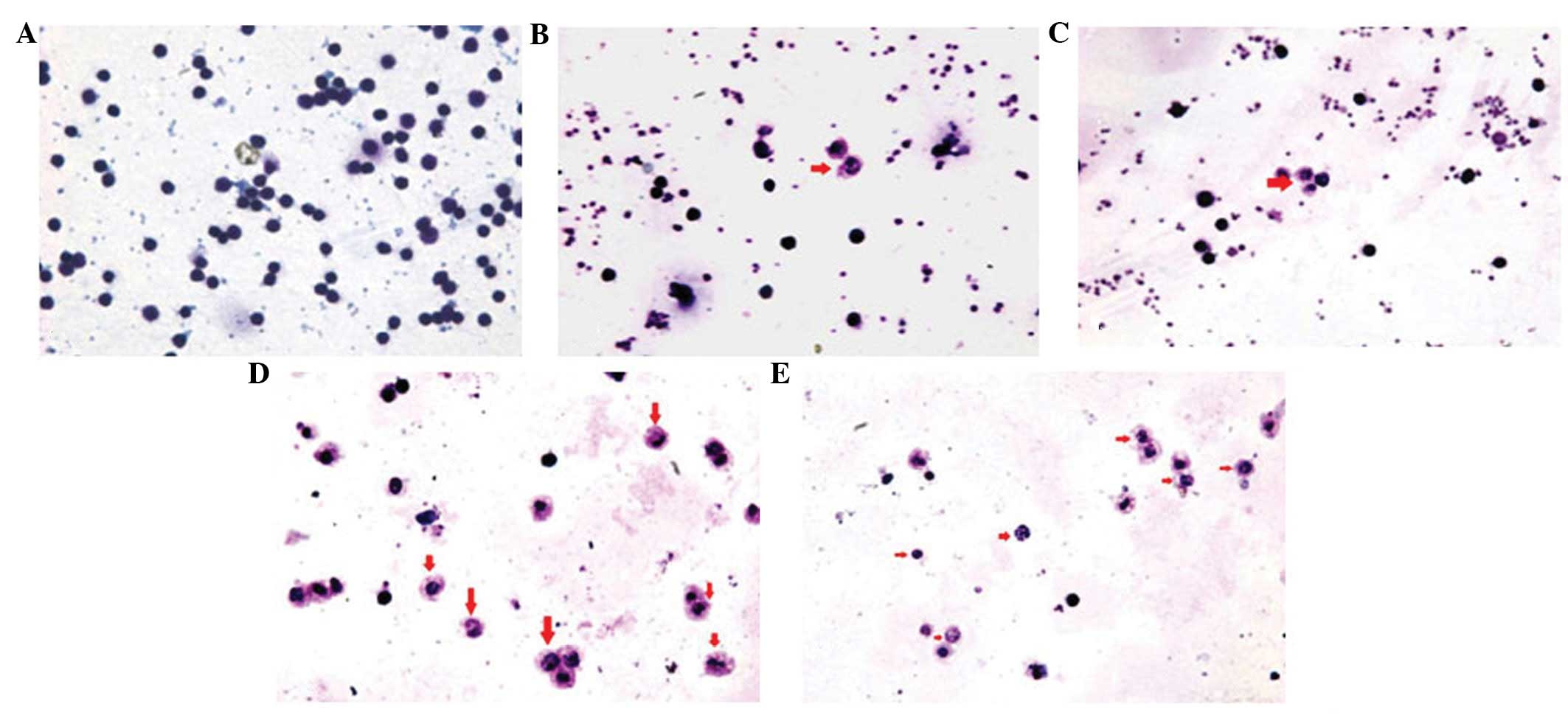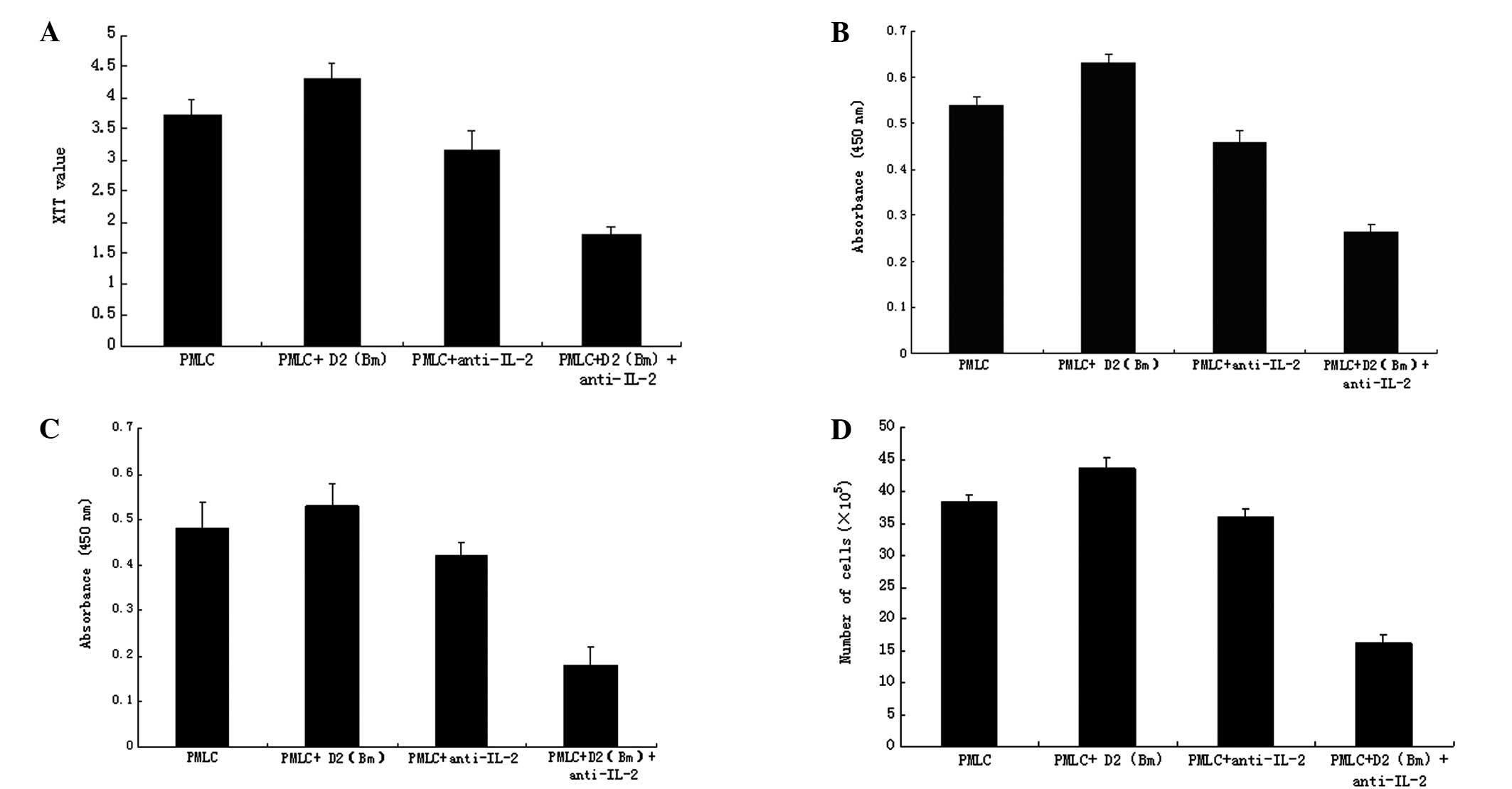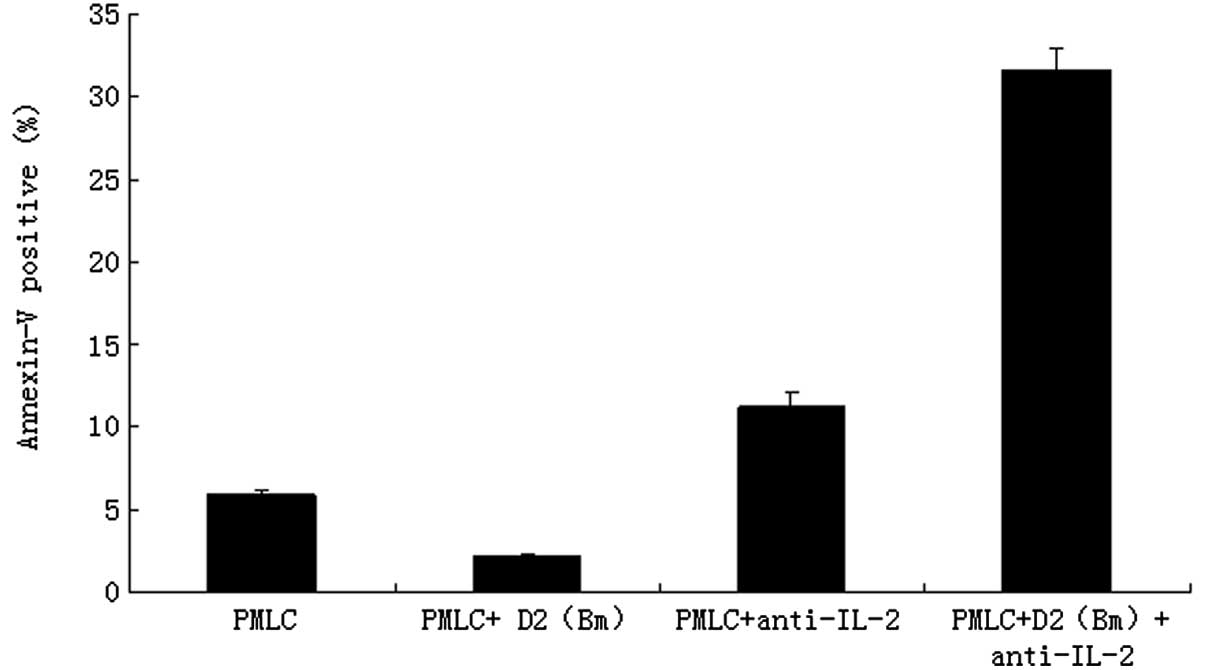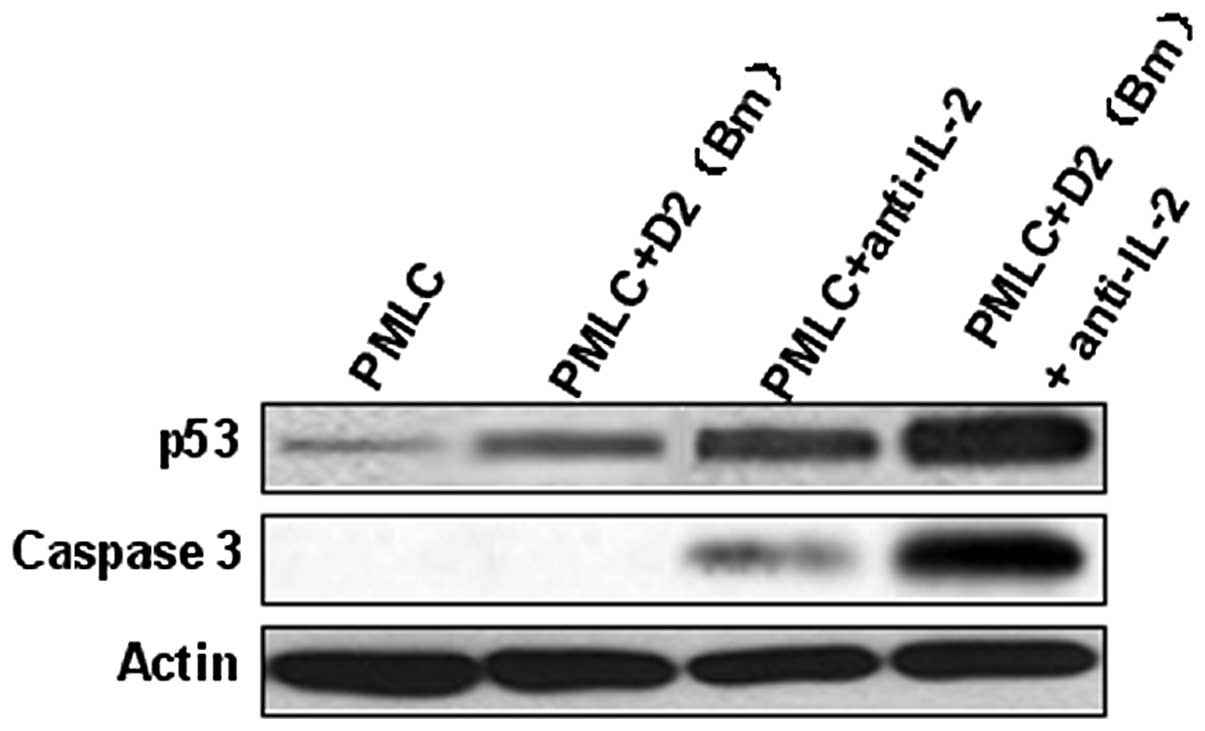|
1
|
Helderman JH, Hernandez J, Sagalowsky A,
et al: Confirmation of the utility of fine needle aspiration biopsy
of the renal allograft. Kidney Int. 34:376–381. 1988. View Article : Google Scholar : PubMed/NCBI
|
|
2
|
Von Willebrand E and Hughes D: Fine-needle
aspiration cytology of the transplanted kidney. Kidney
Transplantation. Morris PJ: 4th edition. WB Saunders; Philadelphia,
PA: pp. 3011994
|
|
3
|
Suthanthiran M: Clinical application of
molecular biology: a study of allograft rejection with polymerase
chain reaction. Am J Med Sci. 313:264–267. 1997. View Article : Google Scholar : PubMed/NCBI
|
|
4
|
Rimm IJ, Krenger W, Beland JL, et al:
TCR-beta transgenic mice fail to mediate a GVHR due to defects of
allorecognition and subsequent IL-2 generation. Bone Marrow
Transplant. 17:835–842. 1996.PubMed/NCBI
|
|
5
|
Koreth J, Matsuoka K, Kim HT, et al:
Interleukin-2 and regulatory T cells in graft-versus-host disease.
N Engl J Med. 365:2055–2066. 2011. View Article : Google Scholar : PubMed/NCBI
|
|
6
|
Zhang S, Dai H, Wan N, et al: Manipulating
IL-2 availability amid presentation of donor MHC antigens
suppresses murine alloimmune responses by inducing regulatory T
cells. PLoS One. 5:e87562010. View Article : Google Scholar : PubMed/NCBI
|
|
7
|
Webster KE, Walters S, Kohler RE, et al:
In vivo expansion of T reg cells with IL-2-mAb complexes: induction
of resistance to EAE and long-term acceptance of islet allografts
without immunosuppression. J Exp Med. 206:751–760. 2009. View Article : Google Scholar : PubMed/NCBI
|
|
8
|
Kang HG, Zhang D, Degauque N, et al:
Effects of cyclosporine on transplant tolerance: the role of IL-2.
Am J Transplant. 7:1907–1916. 2007. View Article : Google Scholar : PubMed/NCBI
|
|
9
|
Sebille F, Brouard S, Petzold T, et al:
Tolerance induction in rats, using a combination of anti-CD154 and
donor splenocytes, given once on the day of transplantation.
Transplantation. 75:169–172. 2003. View Article : Google Scholar : PubMed/NCBI
|
|
10
|
Subbotin V, Sun H, Aitouche A, et al:
Abrogation of chronic rejection in a murine model of aortic
allotransplantation by prior induction of donor-specific tolerance.
Transplantation. 64:690–695. 1997. View Article : Google Scholar : PubMed/NCBI
|
|
11
|
Shen Z, Mohiuddin M, Goldstein C, et al:
Durability of donor-specific and organ-specific heart transplant
tolerance induced by intrathymic pretreatment with allogeneic
spleen cells. J Thorac Cardiovasc Surg. 111:429–431. 1996.
View Article : Google Scholar
|
|
12
|
Opelz G and Terasaki PI: Poor
kidney-transplant survival in recipients with frozen-blood
transfusions or no transfusions. Lancet. 2:696–698. 1974.
View Article : Google Scholar : PubMed/NCBI
|
|
13
|
Kroemer G, Galluzzi L and Brenner C:
Mitochondrial membrane permeabilization in cell death. Physiol Rev.
87:99–163. 2007. View Article : Google Scholar : PubMed/NCBI
|
|
14
|
Sheehy MJ, Sondel PM, Bach ML, et al: HL-A
LD (lymphocyte defined) typing: a rapid assay with primed
lymphocytes. Science. 188:1308–1310. 1975. View Article : Google Scholar : PubMed/NCBI
|
|
15
|
Amicarelli F, Bucciarelli T, Poma A, et
al: Adaptive response of human melanoma cells to methylglyoxal
injury. Carcinogenesis. 19:519–523. 1998. View Article : Google Scholar : PubMed/NCBI
|
|
16
|
Ford J, Jiang M and Milner J:
Cancer-specific functions of SIRT1 enable human epithelial cancer
cell growth and survival. Cancer Res. 65:10457–10463. 2005.
View Article : Google Scholar : PubMed/NCBI
|
|
17
|
Hamamoto R, Furukawa Y, Morita M, et al:
SMYD3 encodes a histone methyltransferase involved in the
proliferation of cancer cells. Nat Cell Biol. 6:731–740. 2004.
View Article : Google Scholar : PubMed/NCBI
|
|
18
|
Kerr JF, Wyllie AH and Currie AR:
Apoptosis: a basic biological phenomenon with wide-ranging
implications in tissue kinetics. Br J Cancer. 26:239–257. 1972.
View Article : Google Scholar : PubMed/NCBI
|
|
19
|
Thornberry NA and Lazebnik Y: Caspases:
enemies within. Science. 281:1312–1316. 1998. View Article : Google Scholar : PubMed/NCBI
|
|
20
|
Krajewska M, Wang HG, Krajewski S, et al:
Immunohistochemical analysis of in vivo patterns of expression of
CPP32 (Caspase-3), a cell death protease. Cancer Res. 57:1605–1613.
1997.PubMed/NCBI
|
|
21
|
Amaral JD, Castro RE, Sola S, et al: p53
is a key molecular target of ursodeoxycholic acid in regulating
apoptosis. J Biol Chem. 282:34250–34259. 2007. View Article : Google Scholar : PubMed/NCBI
|
|
22
|
Amaral JD, Xavier JM, Steer CJ, et al: The
role of p53 in apoptosis. Discov Med. 9:145–152. 2010.
|
|
23
|
Shi YF, Sahai BM and Green DR: Cyclosporin
A inhibits activation-induced cell death in T-cell hybridomas and
thymocytes. Nature. 339:625–626. 1989. View
Article : Google Scholar : PubMed/NCBI
|
|
24
|
Lieberman AC, Refojo D, Antunica-Noguerol
M, et al: Underlying mechanisms of cAMP- and
glucocorticoid-mediated inhibition of FasL expression in
activation-induced cell death. Mol Immunol. 50:220–235. 2012.
View Article : Google Scholar : PubMed/NCBI
|
|
25
|
Pender MP: Activation-induced apoptosis of
autoreactive and alloreactive T lymphocytes in the target organ as
a major mechanism of tolerance. Immunol Cell Biol. 77:216–223.
1999. View Article : Google Scholar : PubMed/NCBI
|
|
26
|
Lawetzky A, Kubbies M and Hünig T: Rat
‘first-wave’ mature thymocytes: cycling lymphoblasts that are
sensitive to activation-induced cell death but rescued by
interleukin 2. Eur J Immunol. 21:2599–2604. 1991.
|
|
27
|
Miller AT and Berg LJ: Defective Fas
ligand expression and activation-induced cell death in the absence
of IL-2-inducible T cell kinase. J Immunol. 168:2163–2172. 2002.
View Article : Google Scholar : PubMed/NCBI
|
|
28
|
Maher SG, Condron CE, Bouchier-Hayes DJ
and Toomey DM: Taurine attenuates CD3/interleukin-2-induced T cell
apoptosis in an in vitro model of activation-induced cell death
(AICD). Clin Exp Immunol. 139:279–286. 2005. View Article : Google Scholar : PubMed/NCBI
|
|
29
|
Curtale G, Citarella F, Carissimi C, et
al: An emerging player in the adaptive immune response:
microRNA-146a is a modulator of IL-2 expression and
activation-induced cell death in T lymphocytes. Blood. 115:265–273.
2010. View Article : Google Scholar : PubMed/NCBI
|
|
30
|
Liebermann DA, Hoffman B and Vesely D: p52
induced growth arrest versus apoptosis and its modulation by
survival cytokines. Cell Cycle. 6:166–170. 2007. View Article : Google Scholar : PubMed/NCBI
|
|
31
|
Olivier M, Petitjean A, Marcel V, et al:
Recent advances in p53 research: an interdisciplinary perspective.
Cancer Gene Ther. 16:1–12. 2009. View Article : Google Scholar
|














